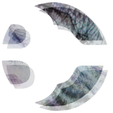|
One of the world’s most pioneering research lab’s in the field of urban design, the Synthetic Landscape Lab at the University of Innsbruck explores how we re-invent our urban and peri-urban spaces so that they sync with non-human systems of both the biotic and abiotic kind. Led by Professor Claudia Pasquero, with the help of an international team of internal and external experts, the lab utilises hybridised approaches integrative of both e-tech and bio-tech sourced, processed, actualised, and distributed data, together with both traditional and emerging modes of design modelling and development more generally, including immersive design VR, AR, and MR systems. A visiting juror at the lab since 2020, on June 12th I joined staff, students and fellow external jurors, including Neil Leach, Gustavo Afonso Rincon, and Daniel Koehler among others, for its 2021 final jury across courses including its both pre-diploma and diploma courses. Collectively the jury noted that, despite the significant limitations that were created by the pandemic – namely the fact that restrictions on movement had rendered the courses being taught entirely online - the standard of the works presented was outstanding. A consistent theme across the various projects was the sourcing and application of spatial and wider environmental information from non-human and/or human subjects. Though a long-standing theme across the biosynthetic and wider synthetic urban design community, 2021’s presentations integrated some of the most sophisticated approaches yet, in each instance enabled through the application of emerging sensing and processing technologies. Collectively, the presentations, of which select examples can be seen above and below, spoke to urban spaces of which the design is informed by real and near-to-real time data on both human and non-human sensory experience spanning not merely sight, but hearing, smell, taste, and touch, and the cognitive responses this experience generates. Put another way, these were works that recognise that wide-ranging factors within the environment impact on both human health and well-being, and on that of the many species with which we share habitats both urban and otherwise. Another key theme within the works was that of addressing some of the finer details of ongoing research themes both within and beyond the lab, such for example as how to optimise architectural and urban algae farming systems, both to increase food production, and with it, conversion of carbon dioxide to oxygen, and more. Whereas more advanced research students explored issues both technical and aesthetic, pre-diploma students focused on the latter, namely the visual potentialities that biological and ecological architecture and urban design may present – the visual language of this still emerging school of thought and design. View a selection of completed Synthetic Landscape Lab research projects here.
0 Comments
On June 6th I joined the Bartlett B-Pro Supercrit’s ‘Post-Human Environments’ session, which Livestreamed on YouTube, provided the opportunity for students to present their final projects for feedback from a line-up that included fellow visiting critics University of Westminster’s Prof. Lindsay Bremner, Vienna University of Technology’s Prof. Vera Bühlmann, UCLA Assoc. Prof. Mariana Ibanez, computer artist William Latham, and internal critics, Chair of The Bartlett and Deputy Director of the Musée National d'Art Moderne, Centre de Création Industrielle at the Centre Pompidou, Prof. Frédéric Migayrou, and Deputy Director of B-Pro Andrew Porter. The presentations, of which the overall standard of production was exceptional, interrogated architectural and urban futures through a range of lenses, each of which was systemic in nature and enabled by data aggregated from multiple sources tracking human and/or non-human agents. Questions examined across the various presentations including how do urban animal species interact with their environment, and how can urban design help those species flourish not flounder? How do people experience urban habitats, and what interventions can be made to make their experience better? How can non-human systems, such as photosynthesis be harnessed to help mitigate urban pollution issues? What interventions and inventions can be created to help in the process of exploring environmental change and its impact on the future of urbanism? Can we better understand the future for cities in one climate region of the world, such as London, by exploring how cities in other climate regions, such as Venice, operate today? How might games that enable citizenry to become architect and urban designer help us re-imagine cities and the role of their citizens in their development? Our session, together with the several other Supercrit sessions across the school can be viewed on The Bartlett's YouTube channel, together with footage of the school's summer show, among other content. See select elements of select projects presented during the Post-Human Environments session above and below. On May 27th biodesign peers professors Rachel Armstrong and Claudia Pasquero, and researchers Maria Kuptsova and Annick Saralegui joined me in conversation on Clubhouse to discuss the most pioneering research and development in the field. Though many scientific and wider STEM and STEAM disciplines are male-dominated biodesign is not, with many women among its foremost influential researchers and practitioners worldwide.
The built environment industries and their supply chain being among the worst industrial offenders in respect of environmental issues including carbon emissions, unsustainable materials sourcing, and virgin-land use conversion, among others, biodesign has the potential to address not one, but several of these issues, and particularly so when it integrates biomaterials grown on or near site. But, as with emerging fields of research and practice more generally, the most radical shift involved in their adoption is not technical, but philosophical - how and why we understand the world about us and our relationship with it. Hence, questions we explored in our discussion included, 'how are biodesigned approaches to architecture and urban design different to Modernist and other 21st century schools?'; and 'what new skills do students of biodesign need to learn that weren't on the curricular of old?'. More technical questions we addressed included 'what are the most significant advances in the field and why?'; 'Biology is really small - operating at the cellular level - buildings are really big, how do we resolve issues of scale?'; 'what does biodesign become - if it's biotechnology today, where does it go next, or is this something that is going to date along with its technology?'; 'what are the biggest challenges in the field?'; 'which are the best built examples of biodesign in architectural and urban design practice?';and 'what's the future of biodesign?'. The common themes in our collective answers to these and other questions were that biodesign involves a fundamentally different approach to past schools of architecture and urban design; we don't create end states, but instead sew the seeds of evolving architectural and urban design futures; our role is not one of control, but of curation, and we operate not as the pinnacle of a hierarchy, but as one of the number of collaborative agents, both human and non-human, living and non-living; our role as biodesigners involves not merely theoretical research, but hands-on experimentation both in the lab and in the field, observing how biological and in turn ecological systems respond to both environmental and wider changes over time. Some of the most profound shifts in our collective thinking came not from reading publications authored by peers, but from witnessing the workings of the natural world first-hand, and from thinking about how those workings could inform and inspire both our own, and wider research and practice. We also noted how our understanding of biodesign, and of the bio-fields in general, had advanced over time, and particularly with respect to understanding how to integrate the many and complex elements across the design of our experiments and the architectural and urban design proposals developed from their outcomes. What of the future of biodesign? Our consensus was that as the field and its sister fields evolve the silos in thinking and practice are dissolving, and that this trend will continue over-time. We also noted that though biodesign remains a niche research and practice field its adoption is rapid, its visibility now many times higher than a decade ago, and the number of researchers and practitioners entering the field is high: the field is edging towards the mainstream. Find out more about biodesign by reading Professor Rachel Armstrong's books The Art of Experiment: Post-pandemic knowledge practices for the 21st Century; Soft Living Architecture; and Experimental Architecture: Designing the Unknown; and look out for her team's next exhibit, 'ALICE', which will be on show at the V&A museum in London in September; read Professor Claudia Pasquero's book Systemic Architecture: Operating Manual for the Self-Organising City; read my open access platform on biodesign applications in addressing the problem of living with wildfire, Panarchic Codex®; and read Annick's bio-zine, Symbiont, which features works by biodesign students from around the world. Also look out for a forthcoming book from Routledge, which features contributions from Claudia and myself, together with several of the foremost influential biodesign thinkers worldwide. Connect on Clubhouse here. |
AuthorMelissa Sterry, PhD, chartered design scientist, systems theorist, biofuturist, and serial founder inc. Bionic City® Bionic CityAsking the question "how would nature design a city" since 2010.
Archives
October 2023
Categories#bionics
#biotech #biodesign #bioscience #biomimetics #biotechnology #bioengineering #bioinnovation #bioaesthetics #biorevolution #bioenterprise #biosystems #biocreative #biofuturism #biofutures #biocentric #biofacture #biotecture #biovation #biofiction #biourban #biocities #biolab #bioart #STEM
#STEAM #STEAMED #STEMcomms #STEAMcomms #STEAMEDcomms © Bioratorium Limited & Melissa Sterry
2021 All Rights Reserved |
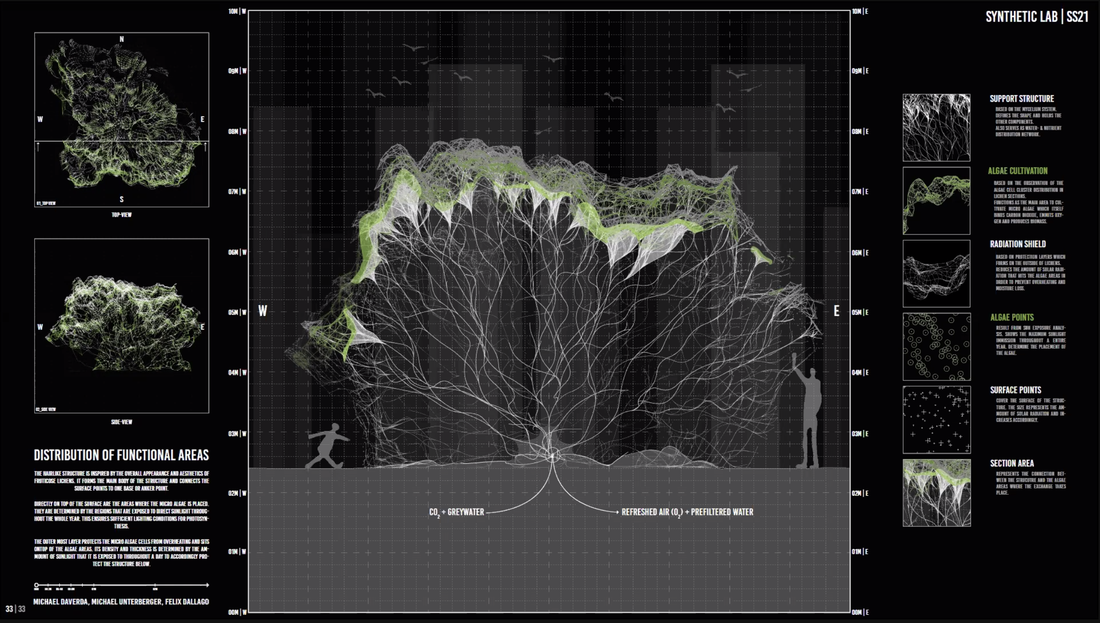
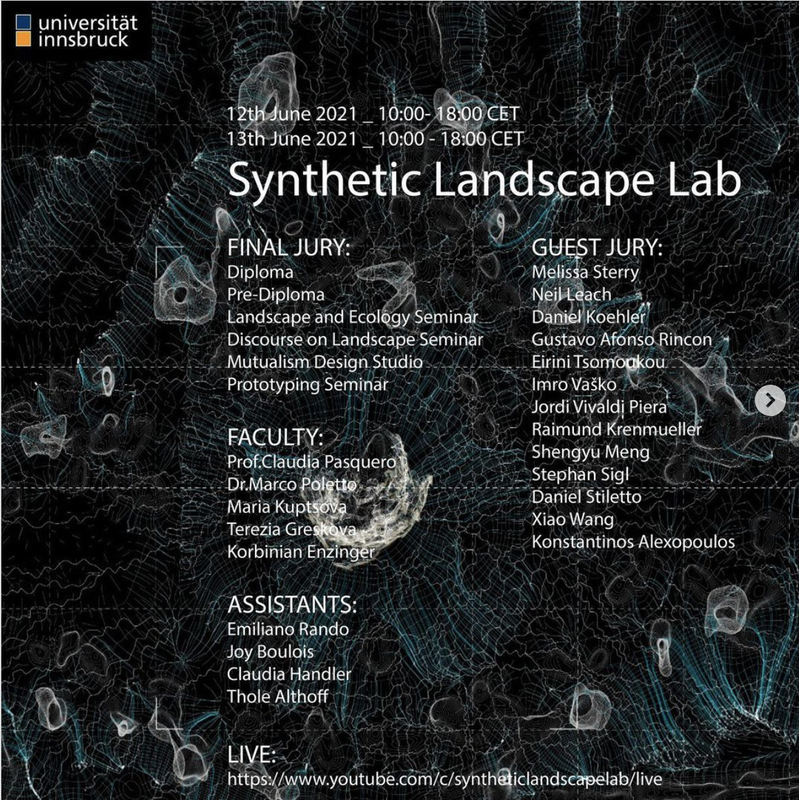
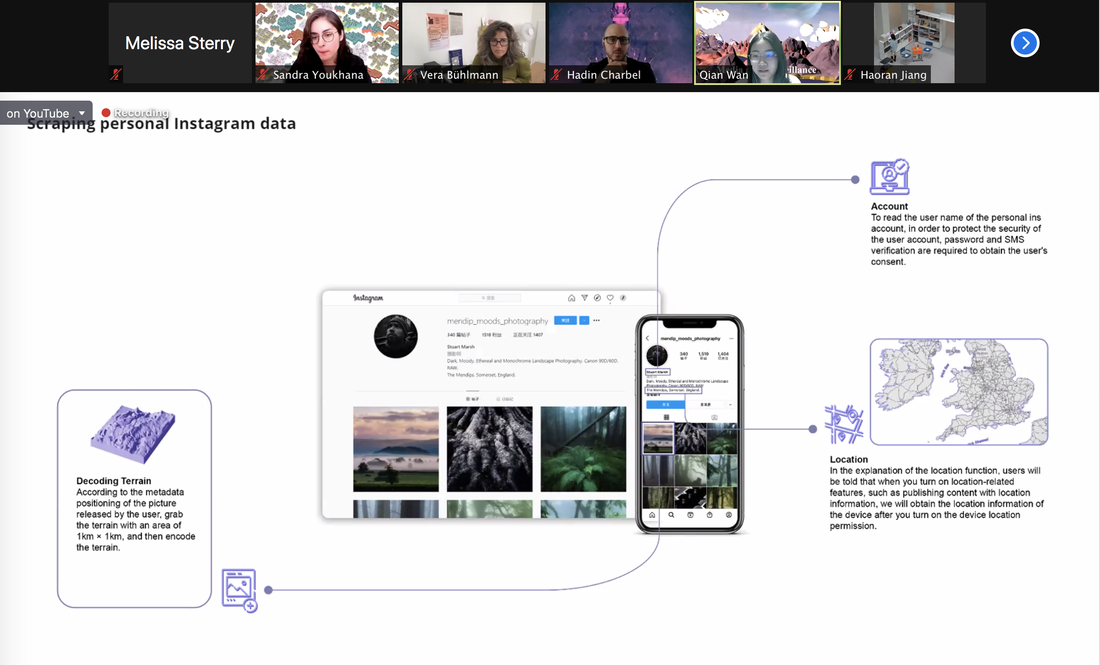
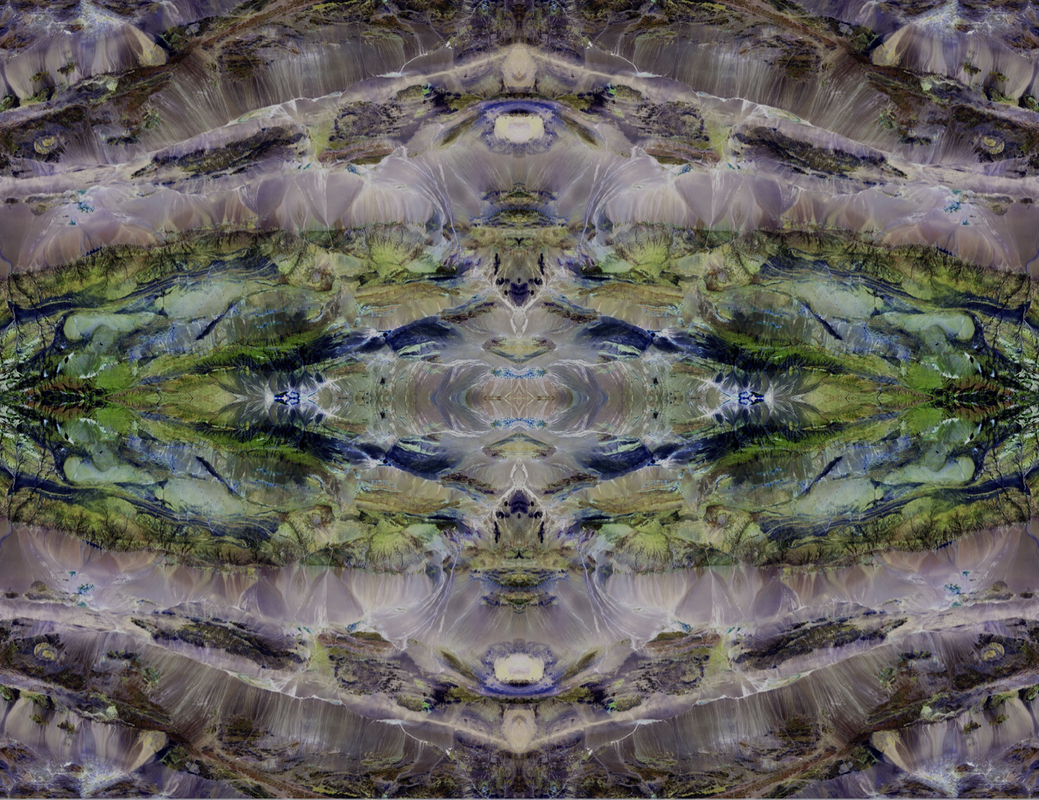
 RSS Feed
RSS Feed
